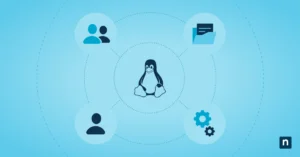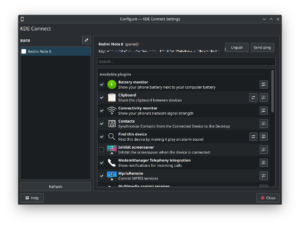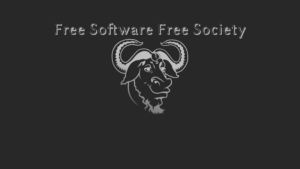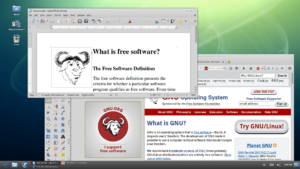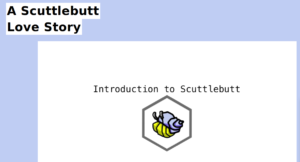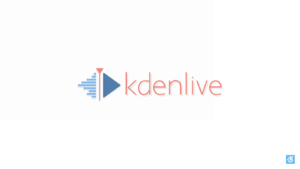Perhaps it is a rather complex and difficult question to investigate where you must have a lot of interaction with many free software projects to get to know what are the situations that arise in each of these and how it can affect even government economic decisions indirectly in free software projects.
Although not properly economic decisions of companies or government institutions are clearly the reason why a free software project is abandoned, they are even for reasons of time and number of collaborators who work on the project that cease to have interest in continuing its development or simply do not have the time to continue its development.
The question arises; how do free software projects that have been abandoned cease to be dying and resurrect from their ashes to come back renewed and with new functionalities or significant improvements that make them popular projects overnight?.
Well, the answer is that these projects around them always have a community of users and developers who do not exactly collaborate in the project but act like other users but when these projects go to abandonment these developers usually take the abandoned code and begin to modify and improve it by creating either a fork of the application or an improved copy based on the official repository and of course generally maintaining the free software license that protects the freedoms that all software must have.
This process where applications or software packages are abandoned in distributions such as Debian GNU Linux pass to a state of orphaned packages until one or more developers within the project give activity to that software package giving maintenance and improving its functionalities.
In some cases this process of abandonment and return to activity can last months and sometimes even years although it is not very often that a project lasts many years abandoned and is back in development after so long since after a long time they usually die completely and remain as a memory that only users of old applications and museums end up having.
When the case is economic and its developers did not want to leave the project mura by the level of importance that are often resort to so-called diverse communities of free software in a voice of request for financial support to achieve a goal of funding to be able to perpetuate the development at least for a few more years, or by resorting to financing by private companies or governmental entities.
Abandoning projects is not new, Peter Mattis and Spencer Kimball, creators of the popular GIMP drawing tool, already abandoned their creature in the 90s. “We left them a little confused when we got a job,” they told EL PAÍS in an interview. . But his experience shows that the departure of the original prosecutors does not have to be a death sentence: more than 25 years later, the GIMP is still alive and kicking thanks to the work of a large and committed group of collaborators. According to Serebrenik’s research, what motivates these adoptions of orphan initiatives is the desire to prevent the project from being interrupted and contribute to the continuity of the community. Free Software, from whose contributions they benefited.
The truth is that despite their difficulties, these projects are especially designed to deceive death. “The problem is more serious with Software is not free. If the manufacturer stops servicing you, you have nowhere to turn. In case of free Software, if there is enough interest or resources, you will always find people to reactivate the project: the license allows it, ” explains González-Barahona. The possibility that any user can obtain the code to use, modify, redistribute or study it allows the history of GIMP not to be an isolated case. “Perhaps the best known example is Firefox, which emerged from a project abandoned by Netscape, the company that in the late nineties was one of the leaders in web browsers,” he adds.
What is the protocol for adopting an abandoned project? The Code Shelter platform proposes a system similar to pet shelters, where anyone who wants to catch a cable can find initiatives whose managers can’t keep up or are preparing to get off the boat. “I would always recommend at least asking, seeing how they are doing and if you can help. And if not, on Github it’s as cheap as pressing a button and you already have a copy in your account, ”says Izquierdo. Good manners in managing community contributions are also essential to the health of these initiatives. ”
Rejection can seem unfair to employees and dissuade them from continuing to contribute, not only to the specific project, but to the Free Software in general, ” Serebrenik warns. In addition, if a portfolio transfer becomes necessary, friendlier managers are more likely to find willing and willing heirs to take over.
The truth is that the free software world and communities in general already have an infrastructure around free software applications where if they are abandoned as quickly as possible they are taken by other developers and take a new renewing activity where perhaps the departure of the original developers may have even been for the good of both the project and them in some cases.



